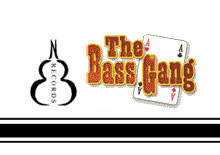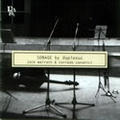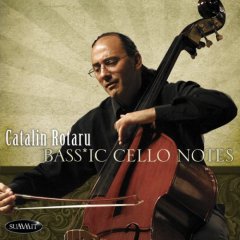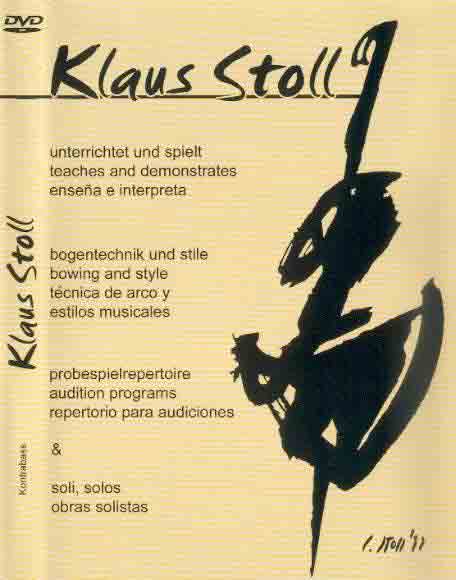Cd/Dvd |
|||||||||||||||||||
DuplexusCorrado Canonici - Double Bass/Voice
| |||||||||||||||||||
Variations on "Oh, Lord! Don't Let Them Drop That Atomic Bomb on Me!" - Charles Mingus |
||
Ogdoad |
||
Landing on Uranus |
||
Sintagma |
||
Sonata in G Minor |
||
Piange Madonna |
||
Breakfast |
||
Industrial Sonata #1 |
||
Narcissus |
||
Sonage by Duplexus was created by the merger of protagonists from an international musical panorama, with different backgrounds. Corrado Canonici is an appreciated performer of contemporary music while Jack Walrath, trumpet player and arranger, is known for his works with Charles Mingus, Ray Charles & Gary Peacock and Francesco Sardella and is a sound and post-production technician at the "PH Music Work" studio. Now emerging from the line up, this work willingly places itself apart from common musical forms, in order to bridge the gap between contemporary and avant-garde music and free and jazz styles. All this with the use of the tools of digital post-production, by blending various elements, i.e. recorded sound elements, in an interesting re-arrangement which alters them by adding an extra-meaning - Sintagma -, or the recording-over of voices and tracks, sometimes in a smooth counterpoint. The musical structure becomes so complex that it seems to be performed by several instruments. For example, Oh, Lord! Don’t Let Them Drop That Atomic Bomb On Me!, is an arrangement of the famous Mingus’ tune, or Ogdoad, where the accompaniment of the final part is based on the overlapping of six double bass tracks. A certain ironic atmosphere accompanies the realization of the album, as we can notice also from the track titles, but that can already be perceived starting from the Mingus theme itself, performed and sarcastically arranged in a grotesque version, that is absolutely poignant. It is an ironic atmosphere that emerges both on a surface level and as a part of the formal elaboration. On this respect, the original Sonata in G Minor, developing the sonata form, divided into three, is an interesting exchange of tasks and stylistic models among the musicians. In the exposition, the theme, developed and performed according to a strongly classical expression, is accompanied by the pizzicato of Canonici, leaving space, later on, to the improvisation of the two musicians in the development section, closing with Canonici and his bow and the echoing of the first theme, in a progressively faster speed, with the theme, firstly played by the double bass with bow, then by the trumpet and, finally, by the flugelhorn, in an amusing manner. It wants to break the solemn and willingly forced pump-style of the opening Exposition.
Obviously, there is also space for the development of works more in keeping with avant-garde music, such as Breakfast, after a Jacques Prévert’s poem, whose musical, rhythmical and melodic structure focuses on the same phonetic elements as the lyrics. Industrial Sonata #1 is characterized by the dodecaphony style and is accompanied by an essential structure, that is to say, the constant repetition of sequences and repetitions by triads and the alteration of the double bass sound, through an electronic elaboration.
An interesting album that, thanks to the experience, technical ability and musical sensitivity of its protagonists tries to blend different genres and styles, with no pretence and uniquely aimed at creating a listening pleasure.






